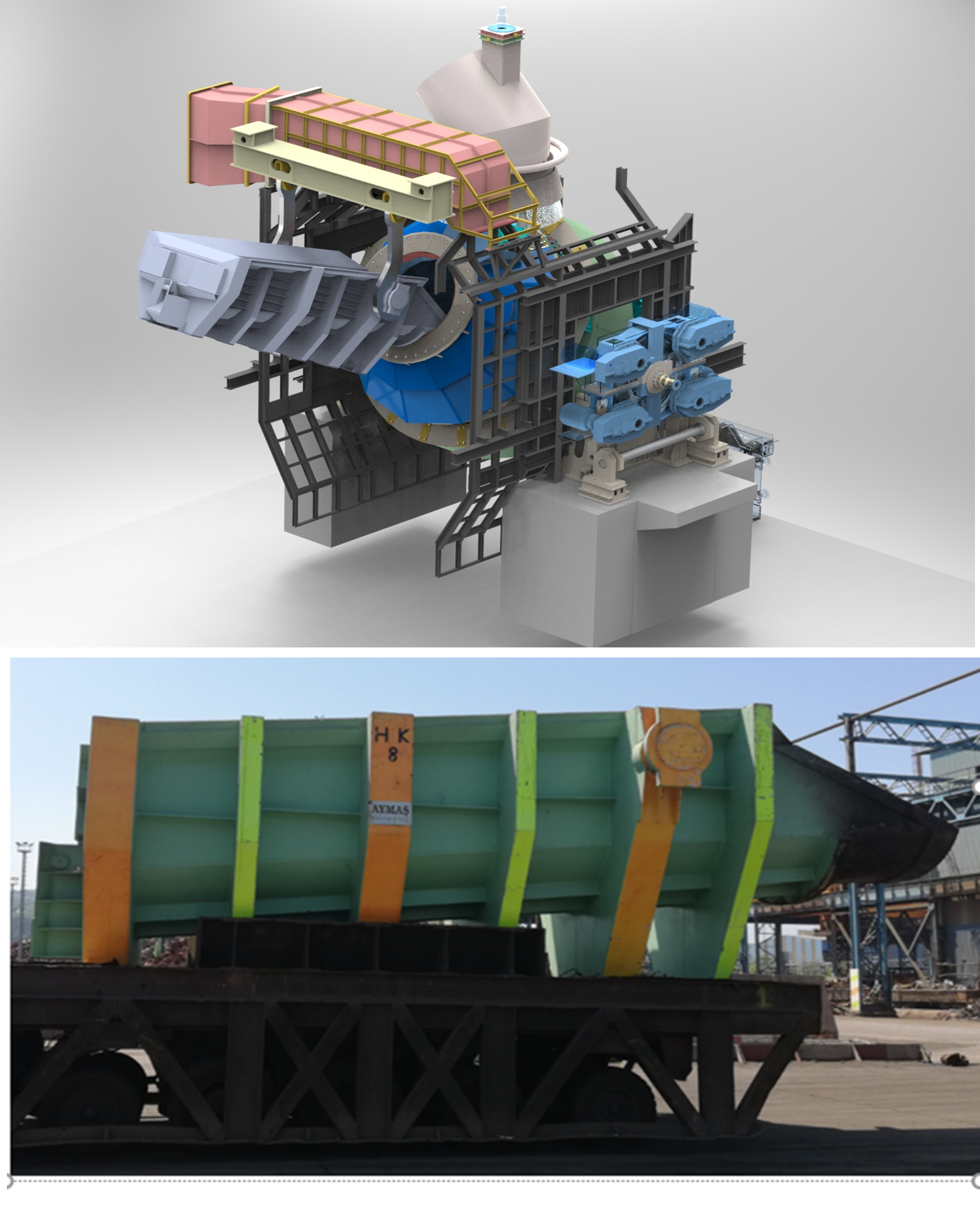The scrap buckets used in the facility have been used since the investments made in 1993. With the increase of converters from 90 tons to 120 tons, the volume of scrap buckets has also increased in parallel with this increase. Due to the incompatibility of the design of the scrap bucket with the operating conditions of the current facility, scrap jams occur at the converter mouth, causing delays in operation and the scrap falling down as it cannot enter the converter mouth. Scraps falling down cause damage to the hematite plates and a stoppage is required to collect these scraps from under the converter. These scraps collected with the help of excavators need to be transported by trucks to open areas and then sorted. This design error causes an average of 500 kg of scrap per casting not to enter the converter and turn into liquid steel. With this new design, a 90% improvement has been achieved, approximately 13,500 tons of falling scrap per year has been transformed into liquid steel, and a 21,000-minute downtime improvement has occurred. This design generated approximately 7,657,160 USD annually. 16 months of work within the scope of Engineering and Technical Drawing were completed in 2019.
| Objective | Preventing spillage of 500 kg scrap per casting Eliminating time loss and labor inefficiencies |
| Solution | Design of new scrap buckets (10 units) Selection of reliable technology ensuring job safety Implementation of field monitoring with cameras |
| Tailored Approach | Prevention of approximately 20,000 tons of spillage annually Design conforming to existing dimensions and ensuring occupational safety |
| Reference | Steel Plant Duration: 16 months (10 months design, 4 months manufacturing, 2 months field implementation) Team: 2 Designers and a 37-person Implementation Team Commissioning: 2019 |
